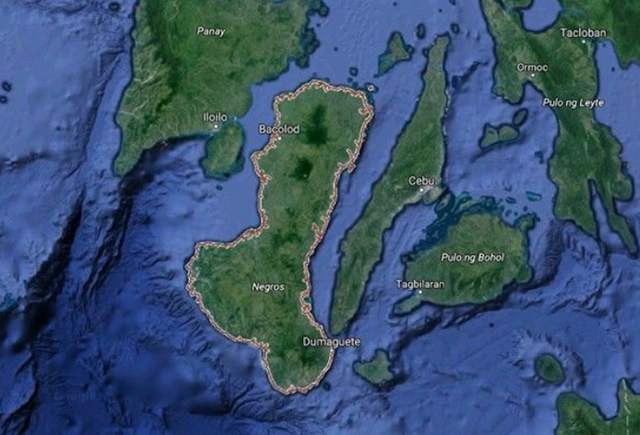Negros Killings: Important issues in “lawless violence”

THE WAVE of killings in Negros Oriental has stoked talk of martial law in the province.
From July 18 to 27, at least 21 people have been gunned down by unidentified assailants. The victims include a one-year-old child, four policemen, a lawyer, and a former mayor. Accounts noted the suspects named by the police in different incidents; aside from the New People’s Army (NPA), most were unidentified gunmen, and to date, no one has been apprehended.
So what’s going on in Negros? Media have not done much except to report the violence as breaking news.
Journalists reported the ambush of four policemen on July 18. This was followed by a series of attacks on unarmed civilians which caught the attention of the Commission on Human Rights (CHR), the Catholic Church and international human rights groups urging the government to conduct proper investigations. The press also reported the exchange of accusations between the Philippine National Police (PNP) and the NPA. A few reports cited police sources who pointed to political conflicts and land disputes as possible reasons for the killings.
Most of the reports focused on the body count and the circumstances of the recent cases in July. Media described July 25 as the “deadliest day” in the province, with seven people killed. A ranking PNP official even said the situation was “not alarming” and that it is still “normal.”
CMFR monitored the reporting of leading newscasts (ABS-CBN 2’s TV Patrol, GMA-7’s 24 Oras, TV5’s Aksyon and CNN Philippines’ News Night), and the leading Manila broadsheets (Philippine Daily Inquirer, The Philippine Star and the Manila Bulletin) from July 18 to August 2.
It does not help the public understand developments when law enforcement officials themselves seem unable to make reasonable assessments of the situation. When that happens, it is the media that should interpret what they are getting from the statements and from the conditions they have directly observed.
In this case, context was important. Journalists had reported on a spate of killings in the same province in 2018, including measures already imposed by the national government to “suppress lawless violence.”
An Inquirer editorial correctly took issue with a PNP official’s statement by asking: “How normal is normal?”
Ineffective policies?
In October 2018, nine farmers were killed in Sagay, Negros Oriental; and President Duterte issued Memorandum Order 32 which empowered the Armed Forces of the Philippines (AFP) and the PNP to “undertake all necessary measures to suppress all forms of violence (itals provided).” Its application was limited to the provinces of Samar, Negros Oriental, Negros Occidental and the Bicol region, where “sporadic acts of violence” had occurred. Duterte had already issued Proclamation 55 which declared Mindanao in a “state of national emergency” and Proclamation 216 which then placed it under martial law.
And yet, fourteen more farmers were killed in Negros Oriental on March 30, 2019 during what the police described as “legitimate operations.” The current wave of killings in the province suggests that MO 32 has failed. (see monitor: “Tokhang-Style” Negros Killings: Reports Miss Violence as Policy”)
Palace Spokesperson Salvador Panelo floated the idea on August 1 that the president may invoke emergency powers and even declare martial law in the province. The following day, the president warned that he’ll do something “drastic” but “necessary.”
Media would do well to recall that martial law has not prevented violence in Mindanao, with seven bombing incidents occurring during the period of implementation, but that it is again being considered for renewal at the end of the year.
Media cannot report on the violence in Negros without reference to its history of deep social unrest. This is hardly new ground. Academics and journalists themselves have done analyses in the past that should provide useful background to those reporting at present. But news coverage does little to help public understanding when reports do not probe underlying conflicts which give rise to such killings, treating these simply as homicide or murder – as police blotters probably describe them without a social and historical context.
Journalists should not skip the necessary reference that will help the public understand what measures will actually address the roots of violent social or political conflicts that plague not just Negros but other provinces.
Whatever
issues are involved, these killings deserve follow up reports; as public
attention is probably the only thing that will goad authorities to find
suspects and bring perpetrators to justice.
Leave a Reply